Ever since Tenkara Rod Company launched their wildly successful Kickstarter campaign, I’ve been eager to get their rods on the water. Today, I finally got the chance to field test their two initial rod offerings: the Sawtooth and the Teton. Here is my side-by-side comparison from unboxing to stream.
The Sawtooth
Open Length: 12ft (360 cm)
Closed Length: 20 inches
Segments: 9
Handle Length: 11.25 inches
Weight: 3.2 oz
Action: 5:5
The first thing that struck me when I opened the box was the rod tube. It’s a very sexy black tube (appears to be nylon) with a nicely machined aluminum end cap. Notice that “end cap” is not plural. That’s because unlike many tenkara rod tubes, this one does not open at both ends. This doesn’t really matter to me since I don’t use rod tubes but I thought it was worth pointing out. The inside of the end cap is cushioned for added protection. Both the Sawtooth and the Teton come with the exact same tube and black rod bag.
The second thing that struck me upon pulling the Sawtooth out of its rod bag was that it looks like no other tenkara rod I’ve seen. The blank is alternating brown and orange bands that are really beautiful and reminiscent of a fiberglass rod from the 70s.
The handle section features a nice fish graphic and the Tenkara Rod Co. logo. Surprisingly, the length and action of the rod are not printed on it. I found this to be an odd omission, but with such a unique look, this rod will be instantly recognizable on the water.
For hardware, the Sawtooth is decked out with a really nice knurled orange aluminum winding check and end cap.
In Tom Davis’ review of the Sawtooth, he pointed out a design flaw in the end cap. There is a drain hole in the center of the cap that can allow the tip section of the rod to slide out, potentially leading to breakage. See Tom’s photo here. But on my rod, it looks like they’ve corrected the problem. Mine has a rubber cushion that not only blocks the tip section, but also dampens the noise the collapsed segments will make during transport. It’s nice to see that they took Tom’s feedback to heart and corrected the problem so quickly.
The rod plug is nothing special–just the ubiquitous wood and rubber plug. But the tip has a rotating swivel to reduce line twist (and it seems it does).
The handle is a decent quality cork grip that is slightly contoured. It’s comfortable when gripped in the middle or near the winding check, but not so much when gripped right at the end of the handle since there isn’t a bulge there.
In Tom’s review, he also states that while the rod is rated a 5:5, he considers it to be more of a 6:4 and I’m inclined to agree. It doesn’t flex easily into the middle of the rod the way other 5:5 rods I’ve tried do. Instead, it loads more in the 6:4 range. However, it will flex into 5:5 with enough load so I might call it a “stiff” 5:5 or a “soft” 6:4. Once again, the Japanese rod rating system confuses more than it clarifies.
I used the rod with #3 and #4 level lines and the company’s own 13 ft. furled line (reviews on those to come) and it handled them all well. Casting was accurate and the rod loaded well even with the lighter #3 line (though I was using a16 ft. line so the extra mass probably helped). And, the rod feels fairly light in the hand.
Tenkara Rod Company’s website doesn’t have a lot of information on what this rod is “supposed” to be, but if I were to summarize it, I’d say it’s a good rod for small to medium sized fish. While not a true 5:5, that doesn’t mean it’s not still fun to land small fish. It still has plenty of bend to make small fish fun, yet protect tippets on larger fish.
The overall action is smooth and I had no problems making accurate casts. The tip is soft enough to load and unload easily yet recovers well without a lot of tip bounce at the end of the cast. I will point out that I only tried the rod with unweighted flies so I cannot attest to how it fishes with weighted flies.
The Teton
Open Length: 12ft (360 cm)
Closed Length: 20 inches
Segments: 9
Handle Length: 11.25 inches
Weight: 3.2 oz
Action: 6:4
The Teton is a more humble looking rod than the Sawtooth. It has a black gloss blank with silver bands at each section and looks more high tech than the retro-looking Sawtooth, even though it shares a lot similarities. I’d even go so far as to say that apart from the colors and graphics, the rods are identical looking.
The handle section has the company’s logo and a graphic of a fish wrapped around a rod a la the AMA logo. Again, it lacks a printed length and action.
It comes with the same rod tube as the Sawtooth, and the handle, winding check, and end cap are the same (though they are finished in a black matte coating rather than a shiny orange).
It also has the same swivel tip and rod plug.
In casting the Teton, I can say it’s a true 6:4. Even when trying to overload the rod, I couldn’t get it to easily bend into the 5:5 position so I’d say it’s rating is accurate. Like the Sawtooth, it casts well with #3 and #4 level lines and the furled line I mentioned above. I think some would find it easier to load with a #4 or #4.5 line than a 3 though. This rod reminds me of a 12 ft. version of the now discontinued Tenkara USA Ayu II, though it feels a little lighter in the hand.
The Sawtooth vs. the Teton
So, the big question is, what’s the difference? The answer is “not much”.
If the Sawtooth were more of a softer 5:5, then I think there would be enough difference to easily distinguish these two rods. But to me, the actions are so similar that I think a beginner probably wouldn’t notice much of a difference. An experienced angler would, but it would be a nuance. I’d like to see Tenkara Rod company soften up the action of the Sawtooth to more clearly offer two distinct actions. The Teton is good as it is and I think they’d only have to tweak the Sawtooth a little to make it a different rod. Neither rod is bad mind you, they’re just too similar in my opinion making it difficult to choose between them (though if I had to choose, I’d go for the Sawtooth for it’s slightly slower action and nice aesthetics).
Conclusion
Overall, I’d give Tenkara Rod Company’s initial product offering a B+. They hit the mark in some areas, they missed it in others. While that’s to be expected in a first run of any product, they’ve already proven their agility at fixing design shortcomings and taking feedback from the tenkara community to better their rods so I have faith they’ll continue to refine their rods. The company is still in its infancy meaning there’s plenty of road ahead to innovate and retool. But in the meantime, the’ve come out of the gate with a pretty solid lineup that should help them grow their business and offer new products. And I will be waiting on the sidelines to see what those are.
To purchase a Sawtooth or Teton and to learn more about the company, visit the Tenkara Rod Co. website.


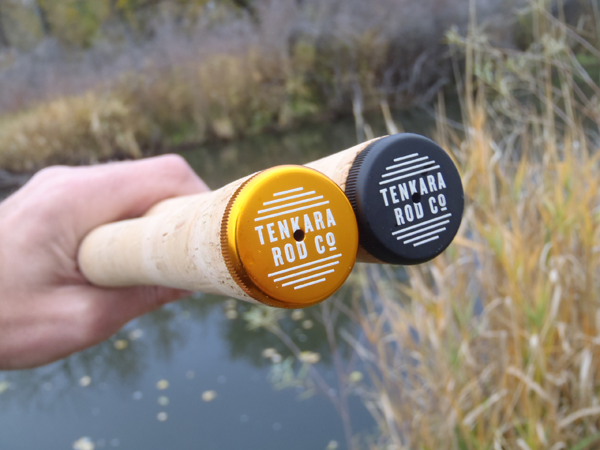

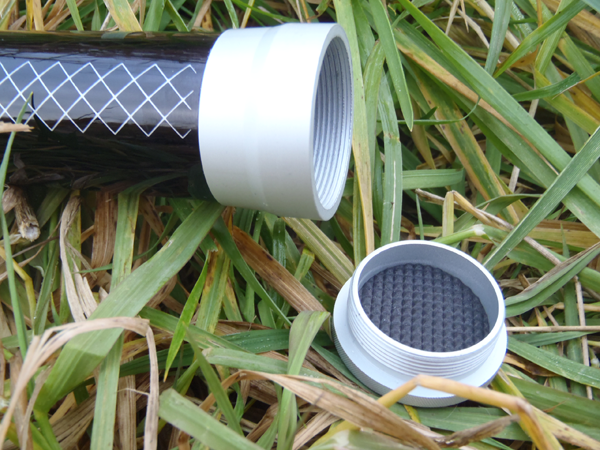

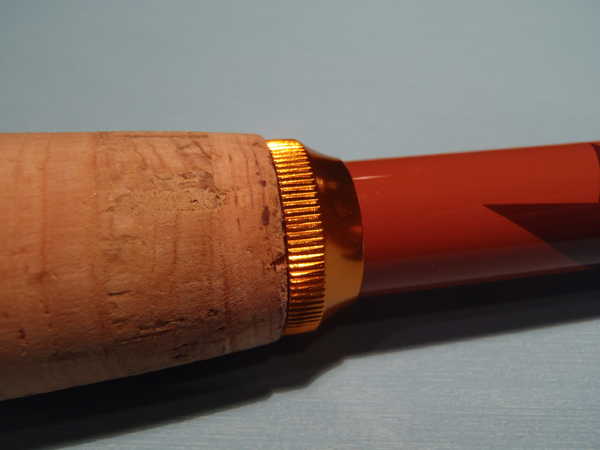
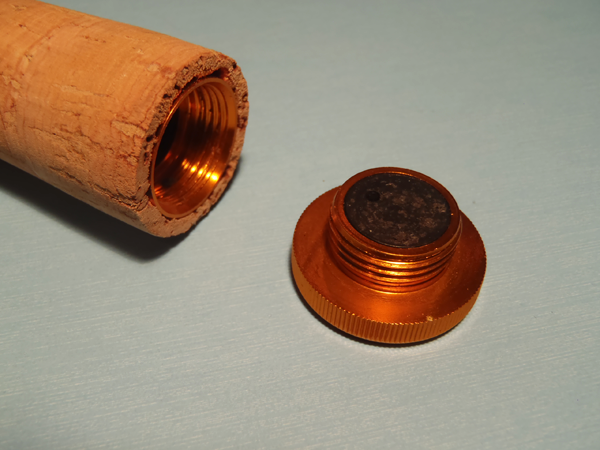
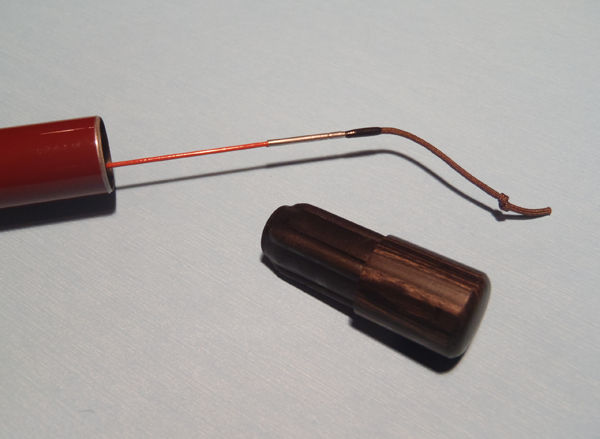

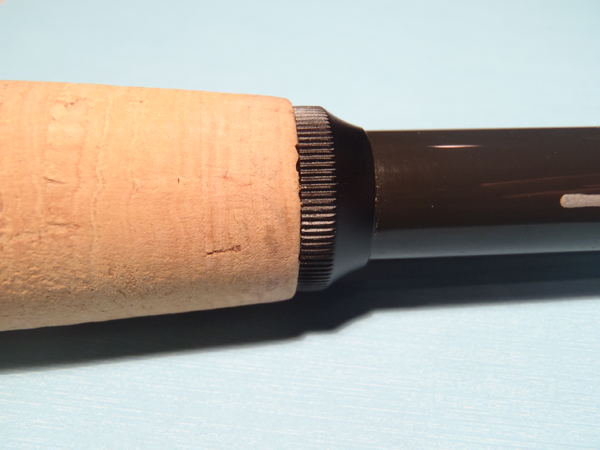
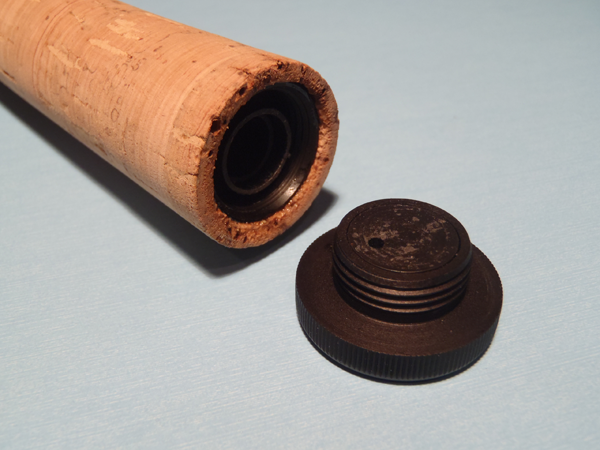
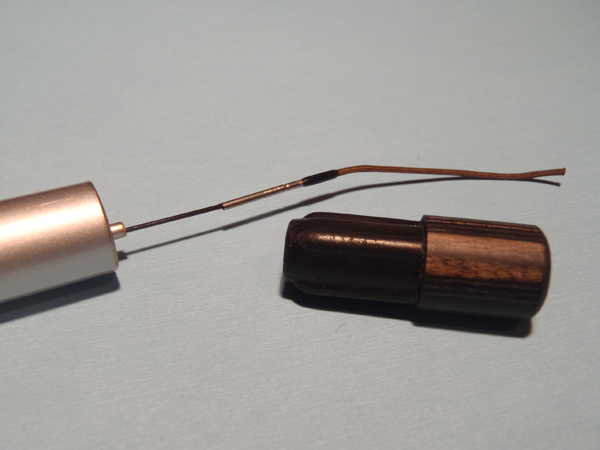







Thanks Jason, another good review.
These rods look like a good option for the entry level tenkara interested, and a much better option than some of the other tenkara startup’s that have hit the market…huhummm TFO…$199 really?
However, another thing I think they should fix is the absence of the rod’s designation of length and action. This would be unacceptable to me. I have too many rods to remember and I know I’m not the only one out there with this problem, orrrr I mean opportunity. Over time things get lost in translation. I can live without a name but I always want to know what it is that’s in my hand.
There is a depressing similarity between the rods being offered by new sellers/makers in the US. Here is a review of two rods from one company that are essentially identical to each other and to most of the other cheap rods from the orient! most are doomed to fall by the wayside, I think. We need experienced tenkara folks that are familiar with the upper rank of Nissin and Daiwa and the astonishing Oni rod, and use those rods as a starting point. What is the point of having your name on a cheap and forgetable product. Sellers think it is cool to have their name on a tenkara rod, but what is being offered is not cool.We need fewer cheap rods and fewer reviews of them. Most reviews are fixated on described the rods appearance and no description of how they fish. Obviously they don’t fish very well as there is little or no mention. Reviews of these rods are not a service to the tenkara community, except as a warning.Don’t pat folks on the back for same, old same old. Encourage them to excel.
LAH,
I had a blog post scheduled for this Thursday that addresses the concerns you outlined in your last comment. I’ll bump it up to tomorrow. I think you’ll like the post and I look forward to hearing your reaction.
While I understand LAH and JD’s concerns, I think it is important to consider the lower price point makes it easier financially for others to try Tenkara, and a Sharpie or similar waterproof marker should resolve the rod length labeling issue. With these aging eyes, I have difficulty reading the small font on some of my rods whereas others labeled with painted script have worn off. Consequently, I used white tape and a Sharpie to boldly label some.
My friend and I fished with both rods 2 weeks ago. We call them stiff and stiffer.
At first, when I pulled out the sawtooth and wondered if they actually sent me a Teton with the wrong graphics, because it was too stiff to be considered a 5:5 rod. But, once you fish the Teton you can tell the Sawtooth is ever so slightly less stiff.
I think the Sawtooth appearance is excellent. It looks good in my collection of rods.
I would use these rods if I planned to nymph faster or deeper water with bigger or heavier flies (heavy killer bugs or nymphs with weight) or if a bigger fish over 16″ might be caught.
Of note – We actually had the TFO soft hackle 10’6″ along with the Sawtooth and Teton. And, eh-hem, the Oni rod fresh from Japan.
I was unable to pry the Oni from my friend’s hand – though we both fished all the rods.
The TFO, Sawtooth and Teton all seem stiff and seem to be designed for what an angler who has never fished with a tenkara rod, thinks he/she wants. My other friends who only fish Western gear think they want a “fast action” rod like their Helios or Sage, especially because they think a huge fish will try to run and “take line” and what will they do if they don’t have a reel?
Seems like with the exception of Tenkara USA, Western Tenkara rod manufacturers are following the same faster, tip flexxy path as the conventional rod manufacturers.
Tenkara offered a “deal” as a reward through EveryMove.org that was supposed to be 50% off. I earned the reward, went to order the setup and when I put in the discount code suddenly the shipping changed from the $9.98 rod cost to $20.00 heavy items cost. Even then the web ordering would not complete either with a card or PayPal. I think something is wrong with this company no matter how good their equipment might be. I could not suggest that anyone do business with them.
These people effing rock! I dig the minimalist notions, for having a priceless time , at a no shit , minimal cost, I mean these folks here, have reintroduced the “cane fishing pole” back into the masses again, think about it.
Hi Jason, I became very interested in buying a Tenkara Rod and finally proceed into the “fly fishing” discipline. Having very little knowledge about fly fishing I don’t want to invest too much money and I am looking for the best quality/versatility I can find for my tight budget. I fish trouts in the Catskills area and the average size of my fishing has been in the mid teens inches (14″, 15″, 16″). During the summer time I am sure the size will diminish a bit. Which one rod would you recommend? I am particularly interested in the Sawtooth and the Shadowfire 360.
Your help is greatly appreciated. Thank you
Paolo
Hi Paolo, I haven’t tried the Shadowfire so I can’t comment on that. But the Sawtooth would probably be a good fit. I’d also look at the Tenkara USA Iwana. That’s the rod lots of tenkara anglers started with (including me) and it’s a great all around rod for the money. I like the action better than the sawtooth. Hope that helps.
Bought a Sawtooth a couple weeks ago and broke it the same day. Two of the smaller sections got lodged in one of the larger sections and split it. Tenkara Rod Co says warranty does not cover, but they’ll be happy to sell re replacement sections. Sad but true.
Sorry to hear that. But the truth is most tenkara rod companies don’t offer a free breakage replacement like the big boys in the western flyfishing industry do. But the cost was probably pretty minimal, right?